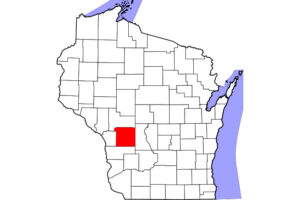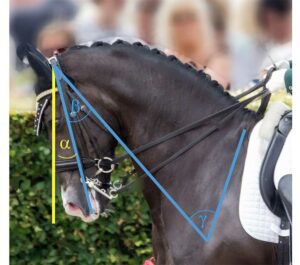Current Applications of Equine Regenerative Medicine
It’s an exciting time in treating equine musculoskeletal injuries, said Laurie Goodrich, DVM, PhD, Dipl. ACVS. Regenerative medicine is opening doors to new and improved therapeutic options.
During a presentation at the 2015 World Equine Veterinary Association Congress, held Oct. 8-10 in Guadalajara, Mexico, Goodrich, an associate professor of surgery and lameness in the Department of Clinical Sciences and at the Orthopaedic Research Center at the Colorado State University College of Veterinary Medicine and Biomedical Sciences, reviewed three regenerative modalities—stem cells, PRP, and IRAP—with attendees.
Stem cells
Mesenchymal stem cells (MSCs) are derived from the adult horse’s body, most commonly harvested from bone marrow or fat (adipose) tissue. Embryonic stem cells—those harvested from a foal’s umbilical cord following birth, can also be used to aid tissue healing. Goodrich said stem cells are showing promise for treating a variety of injuries, including damaged cartilage, fractures, desmitis (ligament inflammation), and more.
Goodrich said both bone marrow- and adipose-derived MSCs can be beneficial, especially to tendon and ligament healing. But she noted that one study showed that bone marrow-derived cells have better ability to make the proteins needed in musculoskeletal tissue than adipose-derived cells
Create a free account with TheHorse.com to view this content.
TheHorse.com is home to thousands of free articles about horse health care. In order to access some of our exclusive free content, you must be signed into TheHorse.com.
Start your free account today!
Already have an account?
and continue reading.

Written by:
Erica Larson
Related Articles
Stay on top of the most recent Horse Health news with



















